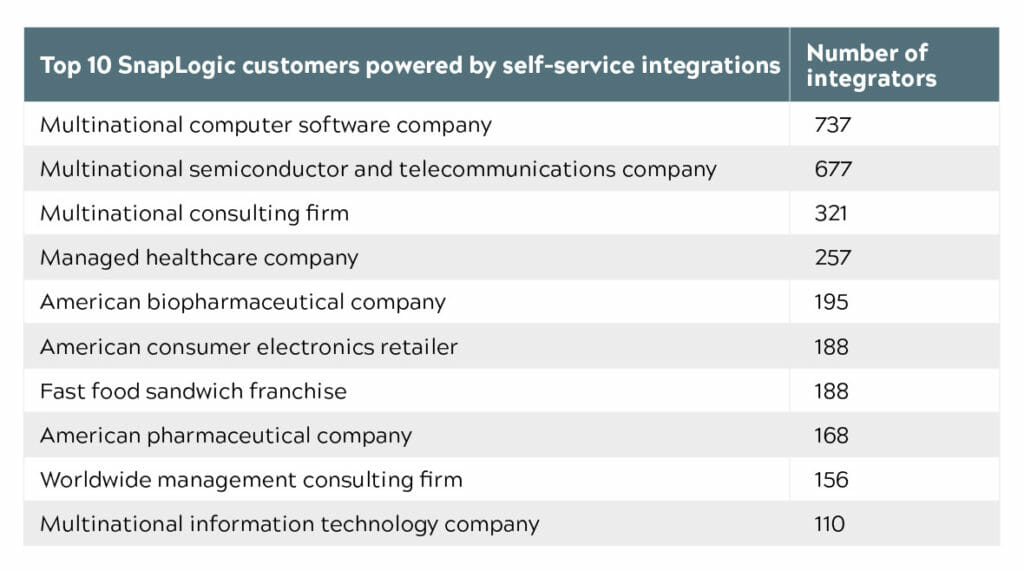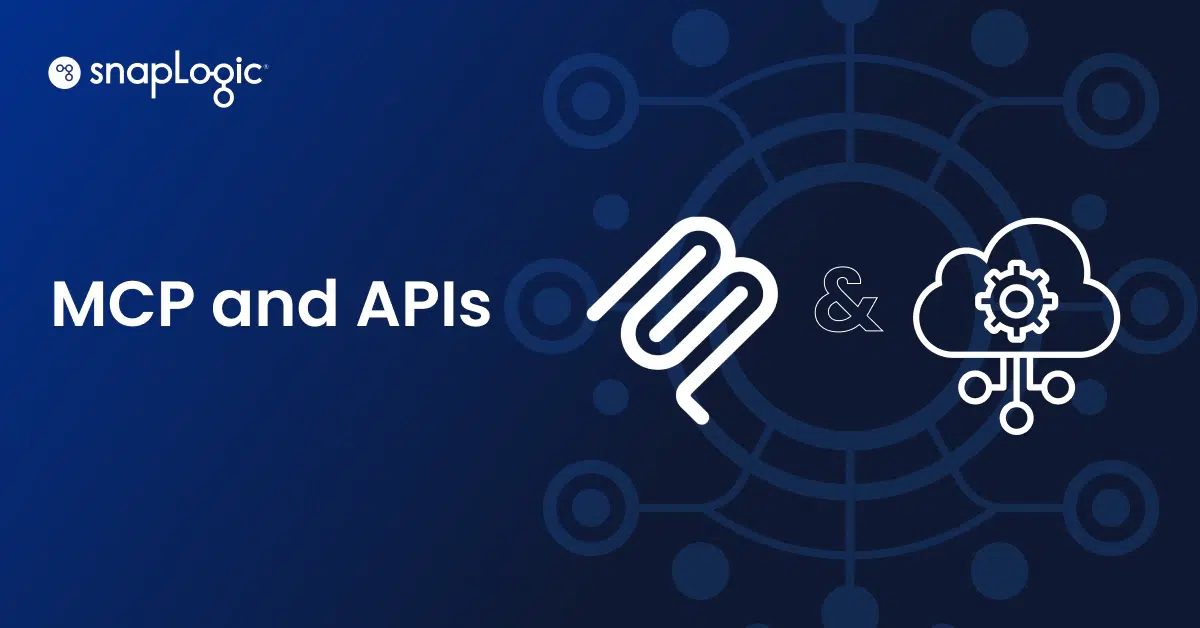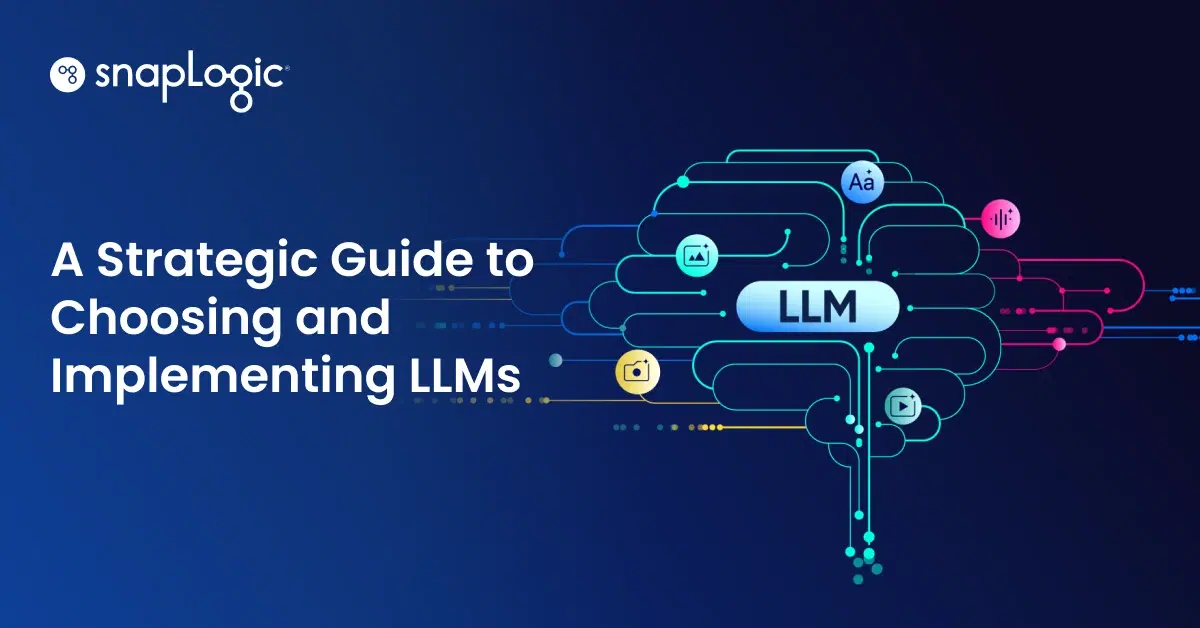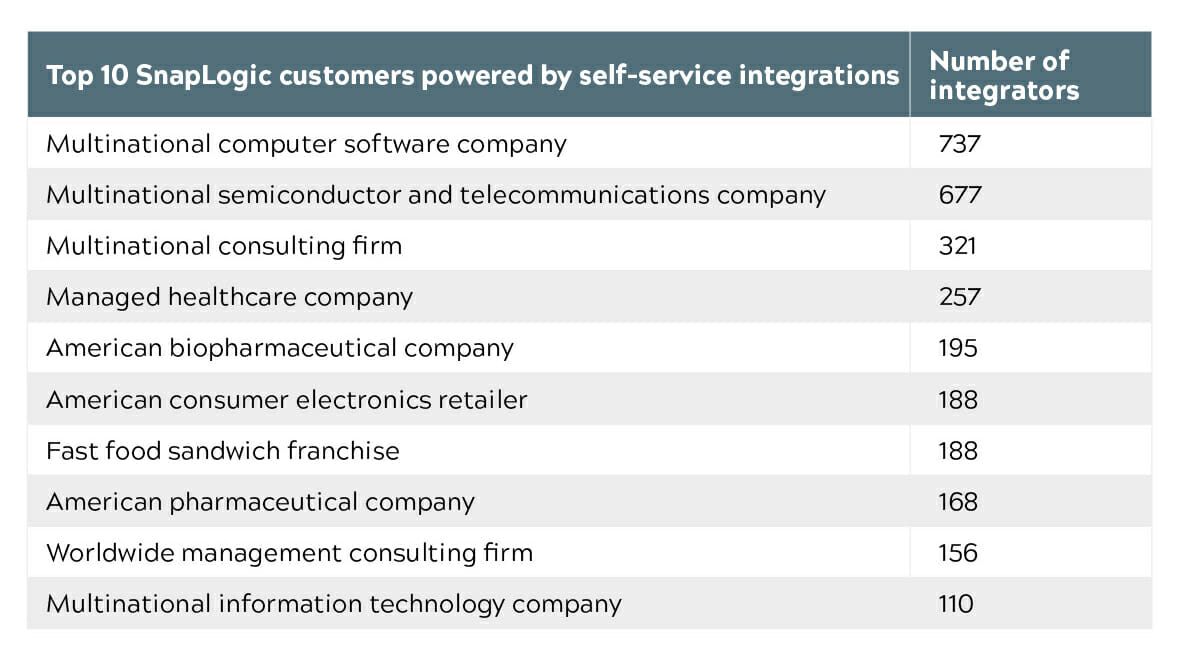When it comes to the system of self-service – it’s neither a novelty nor a new approach. In fact, the concept of self-service has been around for centuries dating back to the 1500s when buffets or smörgåsbord originated in Sweden with the intent of feeding hungry guests. In 1917, the first truly self-service grocery store was established in Memphis, Tennessee for shoppers to serve themselves. Thirty years later, the first self-service gas station opened up in California where gas pumps were run by a computer. And finally, ATM machines were introduced in 1966 in the United Kingdom to give people the flexibility to make financial transactions at any time.
The concept of self-service continued to become a reality in many industries, changing how humans viewed and approached the handling of simple and complex tasks. The industries mentioned above (hospitality, retail, oil, and financial services), gave the power of convenience to its customers by empowering them to serve themselves while reducing overhead costs for their own organizations and ultimately to the customers in the form of lower prices.
What if the notion of self-service applied beyond the confines of dispensing gas, money, candy, coffee, or providing an online transaction?
How self-service accelerates enterprise integration
Application and data integration has always been a huge feat for companies just to make two systems talk to each other. With the growing number of on-premises and cloud applications needed to do business at scale across the industries, enterprise integration continues to get harder, and the first response is still for companies to throw in more developers to solve the problem.
Fast forward to 2018 where most companies still employ dozens of developers in the back office writing code and forging connections between applications. With this approach, companies with rapidly evolving business goals and varying developer skill sets can’t help but inherit an increasingly larger technical debt, while muddying their technology architecture. As a result, companies fall into the same pattern of quick fixes to meet business requirements with fragile hand-coded integrations. And it’s these quick fixes that can backfire whenever the code requires maintenance for systems versioning or a new business project arises.
Today, an average enterprise integration project normally takes up to seven months and an army of developers to complete. But what if we added self-service integration into the mix? Self-service integrations actually allow companies to redefine their entire approach towards building integrations and relying on the traditional methods used for decades.
Through self-service, teams and departments can build their own enterprise integrations without having to wait on developers to write, rewrite, update, or patch code on any integration projects. They’d be free to automate integrations in a matter of minutes without having to learn each application’s API.
Application and data integrations re-defined
Companies no longer resorting to writing code or using point solutions to connect systems and applications know that their integrations are agile enough to move in parallel with the evolving digital needs of their business and customers.
Many leading companies in the Fortune 500 have adopted self-service integration, using the SnapLogic Enterprise Integration Cloud (EIC), to connect their entire technology ecosystem. From connecting departmental technology stacks for marketing, sales, finance, and HR to migrating on-premises systems to the cloud and streamlining operational processes, self-service empowered companies no longer need an army of technical specialists to support their business-side colleagues.
Companies tapping into self-service are successfully democratizing integration development by helping employees with varying technical skill sets build their own integrations for faster insights. Enterprise integration projects now take fewer than two months on average to complete compared to manually building them over seven months, a reduction of more than 80%

Just like with self-service grocery stores and gas stations, self-service integration is not a novelty but a change agent that completely transforms how integrations are perceived, built, and maintained. Self-service enterprise integrations are no longer daunting and one day companies can hopefully relegate legacy hand-coding to the ways of having someone pump gas for you. That day has already arrived for companies using SnapLogic.











